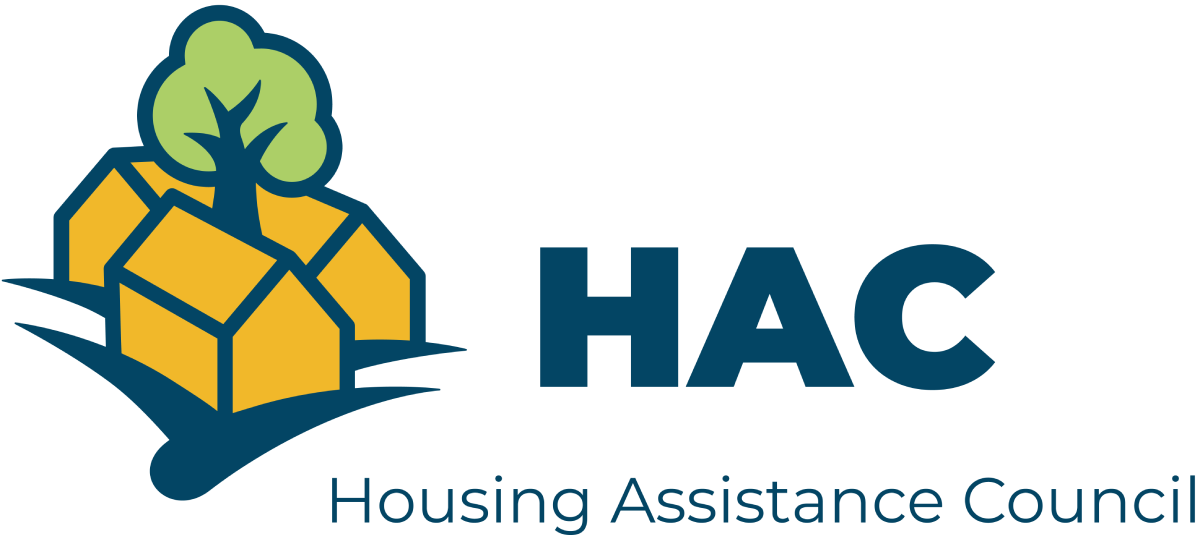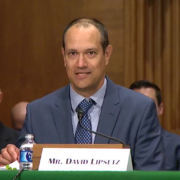Last week, the U.S. Department of Housing and Urban Development (HUD) announced a historic $315 million package of grants to help communities across the country provide both housing and supportive services to those experiencing homelessness. The Housing Assistance Council (HAC) celebrates the inclusion in this package of more than $54 million targeted to rural communities.
“The announcement of $54.4 million in grants to combat rural homelessness is a critical step toward achieving the goal of reducing homelessness by 25% by 2025, set forth in the Administration’s recently released Federal Strategic Plan to Prevent and End Homelessness,” said David Lipsetz, CEO of the Housing Assistance Council. “While the most recent count showed less than a half-percent increase in homelessness overall from 2020 to 2022, predominantly rural Continuums of Care experienced a 6% increase. These targeted grants across over half the country—27 states, which are collectively home to over two-thirds of rural Americans—can help reverse this troubling trend.”
Continuums of Care, the entities that coordinate federal homelessness response efforts, to build their capacity to address the unique homelessness and housing challenges in rural America. In particular, rural communities can apply for capacity-building support—not usually an eligible use of HUD homeless funding, but an important factor in many small towns and rural places. Importantly, this initiative also targets rural communities that have historically not had access to HUD homeless assistance grants.
“The announcement provides a model for bipartisan, evidence-based policymaking in the current political environment,” added Lipsetz. “First, Democrats and Republicans on Congressional Appropriations Committees joined together to authorize HUD to deploy unspent funds for this purpose. Second, while rural communities typically struggle to access competitive federal funding despite demonstrable need because of capacity constraints, HUD not only set aside funding for rural America but specifically sought applications to serve communities that had not previously received Homeless Assistance Grants.”




